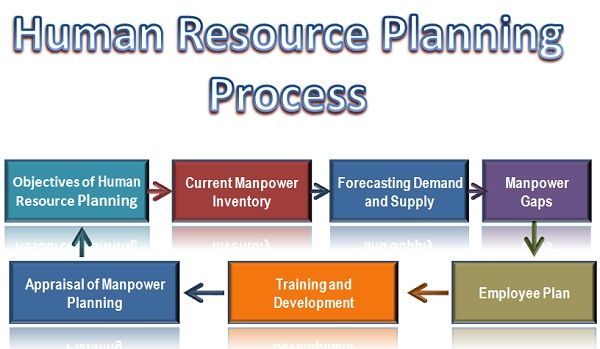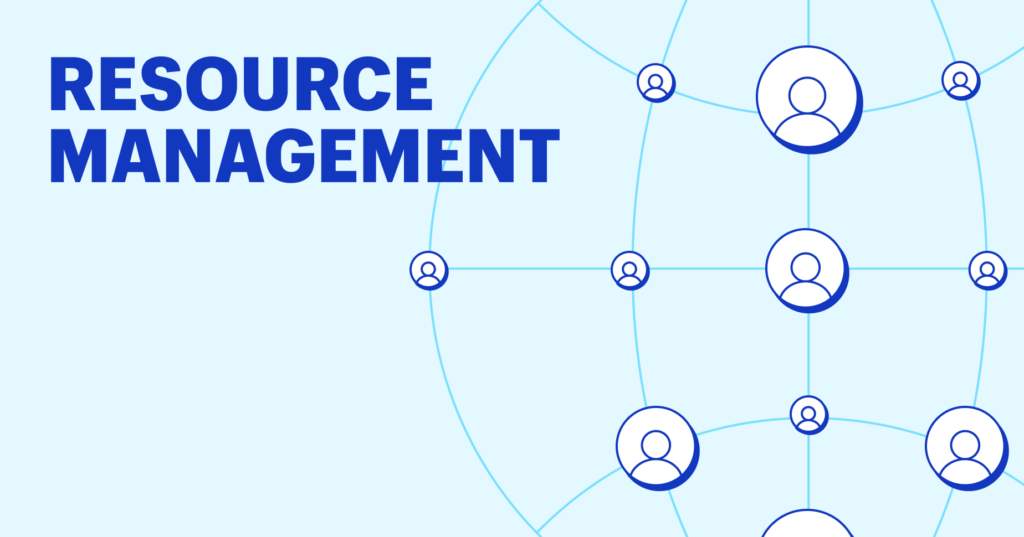Resource management plays a vital role in the smooth operation of organizations, ensuring that personnel and resources are utilized effectively. This involves tasks that allow managers to deploy and activate these assets in a structured manner. Understanding which resource management tasks are key to deploying personnel and resources can lead to improved productivity, efficiency, and ultimately, success.
What resource management task deploys or activates personnel and resources?
The primary resource management task that deploys or activates personnel and resources is resource planning and allocation. This task focuses on determining what resources are necessary for specific projects or operations and then aligning these resources with the personnel who will execute them.
The Importance of Resource Planning and Allocation
Resource planning and allocation involve identifying available resources, assessing their current utilization, and determining the optimal way to assign them to various projects or tasks. This task requires a thorough understanding of the organization’s goals and the specific requirements of each project.
- Identifying Resources: The first step in resource planning involves identifying all available resources, including human, financial, and physical assets. This includes evaluating their current utilization rates to understand where gaps exist.
- Assessing Personnel Skills: Understanding the skill sets of employees allows for a more effective allocation of personnel. Matching the right individuals to the appropriate tasks increases efficiency and reduces the likelihood of errors.
- Aligning Resources with Goals: Resource management must align with the organization’s strategic goals. This ensures that resources are not only effectively deployed but also contribute to long-term objectives.
- Monitoring Resource Utilization: Once resources are allocated, ongoing monitoring is crucial to ensure optimal use. This allows for adjustments to be made in real-time, maximizing efficiency and productivity.
| Resource Type | Description | Example |
|---|---|---|
| Human Resources | Personnel with specific skills | Software developers, marketers |
| Financial Resources | Budget allocated to projects | Project budgets, operational funds |
| Physical Resources | Equipment, facilities, and materials | Office equipment, machinery |
Strategies for Effective Resource Management
Implementing effective resource management strategies is essential for organizations aiming to optimize their personnel and resource deployment.
- Utilization of Software Tools: Many organizations benefit from using resource management software that provides real-time data on resource availability and utilization. Such tools facilitate better planning and coordination among teams.
- Regular Training and Development: Investing in continuous development for personnel ensures that skills remain relevant. Ongoing training allows organizations to adapt quickly to new projects that may require different skills.
- Flexible Resource Allocation: Maintaining flexibility in resource allocation helps organizations respond to changing project demands. This adaptability can involve reallocating personnel to different tasks as priorities shift.
- Engaging Stakeholders: Involving team members and stakeholders in the planning process fosters a sense of ownership and commitment. Collaborative planning can result in more effective utilization of resources.

Challenges in Resource Management
While effective resource management is essential, it comes with various challenges that organizations must navigate.
- Resource Scarcity: Limited resources can hinder project execution. Balancing multiple projects with a finite pool of resources requires careful planning and prioritization.
- Skill Mismatches: Sometimes, organizations may face difficulties in identifying the right skills for specific tasks. Inadequate skills can lead to project delays and increased costs.
- Poor Communication: Miscommunication between departments or teams can lead to resource misallocation. Ensuring transparent communication channels can mitigate these risks.
- Regulatory Constraints: Compliance with regulations can also impact resource allocation, especially in heavily regulated industries such as health care or finance. Organizations must ensure they remain compliant while managing resources.
| Challenge | Description | Mitigation Strategies |
|---|---|---|
| Resource Scarcity | Limited assets available for projects | Prioritize critical tasks |
| Skill Mismatches | Inadequate skillsets among personnel | Invest in training programs |
| Poor Communication | Miscommunication leading to errors | Foster open communication channels |
| Regulatory Constraints | Compliance issues affecting resources | Stay informed on regulations |
The Role of Technology in Resource Management
Technology plays a crucial role in resource management, enabling organizations to streamline processes and enhance decision-making.
- Project Management Software: Tools like Trello, Asana, and Microsoft Project help teams plan, track, and manage resources effectively. These platforms offer features for task assignment, deadline tracking, and progress reporting.
- Data Analytics: By leveraging data analytics, organizations can identify trends in resource utilization. This data-driven approach enables better planning and forecasting for future projects.
- Cloud Computing: Cloud solutions provide flexible access to resources and allow for easy collaboration among remote teams. This capability is particularly valuable in today’s increasingly remote work environments.
- Automation: Automating routine tasks frees up personnel for more strategic work. Automation can improve efficiency in areas such as scheduling, reporting, and resource monitoring.
Conclusion: Maximizing Resource Management Effectiveness
Maximizing the effectiveness of resource management tasks that deploy and activate personnel and resources demands a comprehensive approach. By understanding the nuances of resource planning and allocation, organizations can improve their operational efficiency and achieve strategic objectives. Embracing technology and fostering a culture of continuous improvement further enhances resource management capabilities. Effective resource management not only propels projects forward but also fosters a more agile and responsive organization overall.

